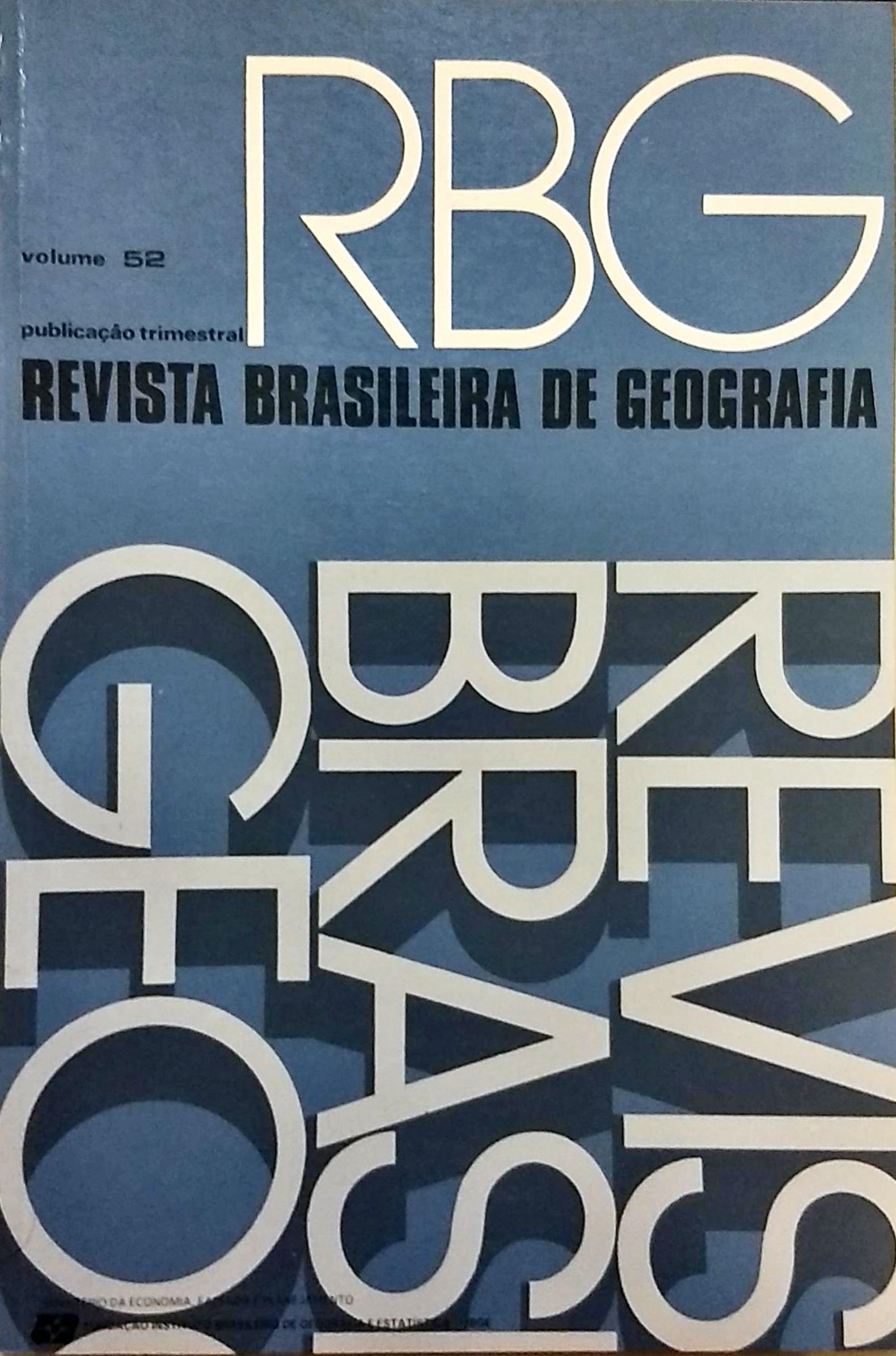A Modernidade do espaço brasileiro através da rede nacional de telex
Keywords:
Crescimento urbano, Saneamento, Abastecimento de águaAbstract
No Brasil, a RNTx passa para o controle do Estado (EMBRATEL), em 1967 tornando-se, jã em 1975, o de maior expansão dentre os sistemas de telecomunicações, vindo a constituir-se no mais seguro auxiliar das empresas privadas na realização dos lucros do capital técnico e do processo de transnacionalização do capital.
A localização das centrais de comunicação da RNTx, em 1975/1980/1986, em mapas e tabelas, permitiu analisar o processo da sua expansão: a) densificou-se sobretudo na Região Sudeste; b) estendeu-se mais na Região Norte, depois do lançamento dos satélites BRASILSAT I e II; e c)alterou as relações dos lugares centrais das redes urbanas.
Para análise dos fluxos de entrada e saída da RNTx, pode-se chegar a um modelo da RNTx: a) as regiões metropolitanas (RM) dominam a RNTx; b) os seus fluxos de entrada provém, sobretudo, da rede urbana de cada RM; c) os fluxos de saída de todas as RMs dirigem-se para as de São Paulo e Rio de Janeiro, onde hã a maior concentração das sedes de tomada de decisão do sistema transacional da economia urbana; d) Brasília constitui-se em exceção, comunicando-se (entrada e saída de chamadas) com todas as RMs; el o enorme fluxo de chamadas com países desenvolvidos, e a sua pobreza com os do Terceiro Mundo, evidenciando a falta de comunicação e cooperação com os países pobres, o que também contribui para o desequilíbrio Norte-Sul.
- Abstract:
Installed in 1960, the TxNN passed to the state control in 1974 (EMBRATEL- Brazilian Telecommunications Agency), becoming the one that increased most among the systems of communication, as the safer mean for technical capital's realization and transnationalization.
By the localization of all the exchanges of commutation and terminals of the TxNN and its influence areas in 1975/80/86, we have analyzed its process of expansion. The concentration of the network is very much unbalanced:
a) There was a bigger density in the Southeastern and Southern Regions;
b) And a deeper internalization Regions, specially after the launch of the satellites Brazilsat I and II.
Analyzing the national traffic of the TxNN's fluxes (NTFTx) we have achieved to the TxNN model:
a) The metropolitan areas (MA) dominate the NTFTx;
b) The fundamental NTFTx of inlet is the one realized by each metropolitan area with the capitals and principal cities of its Region;
c) The NTFTx of outled is dominated by the exchanges of all MA to the MA of São Paulo and Rio de Janeiro, where are concentrated the major part of the making-decision headquarters of the urban transactional Brazilian economy;
d) Brasilia, as the Federal District, is an exception to this model. Its fluxes of inlet and outlet have more equitable communication with all the metropolitan areas of the country;
e) The MA of São Paulo and Rio de Janeiro - the two only Brazilian World metropolis-make the 70% of the interleaved telex calls;
f) The intensity of the international fluxes with the U.S.A. and the Occidental Europe re1iects well the distortion to the dialogues South-North, in detriment of the communication with the Third World Countries.






